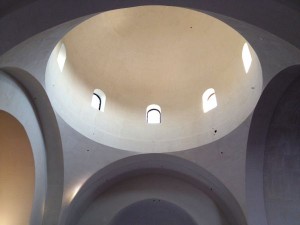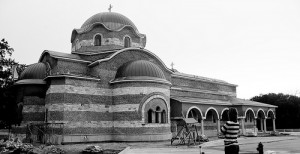When Saint Constantine the Great moved the capital of the Roman Empire in the provincial but well positioned city of Byzantium, his aspiration was not only to transfer the power of Rome to the East but also to overshadow the eternal city with monuments of architecture that will find no rivalry in the world. Miraculously converted to Christianity, Constantine took the small city on the Bosphorus and built it from the ground into a Christian capital, erecting not idolatric temples but Christian churches with an architecture that no one has seen before.
The first Church commissioned by Constantine still stands today, Agia Irene, the Church of Holy Peace. The Church of the Holy Apostles, the… Continue reading



